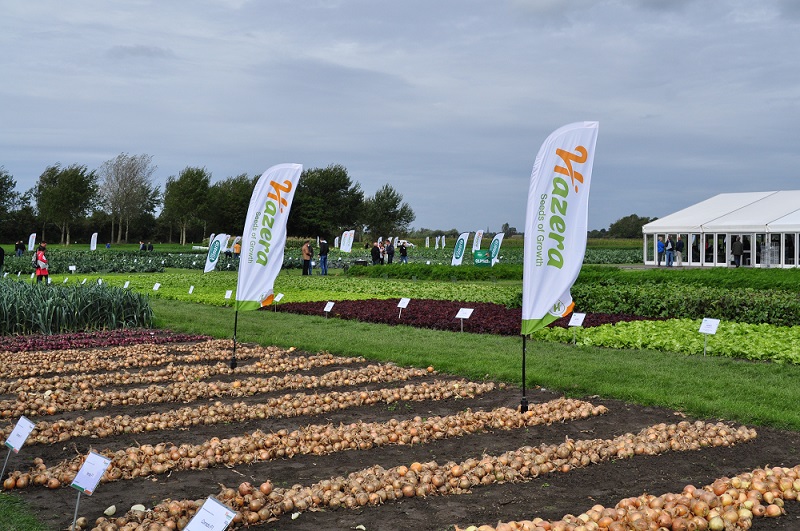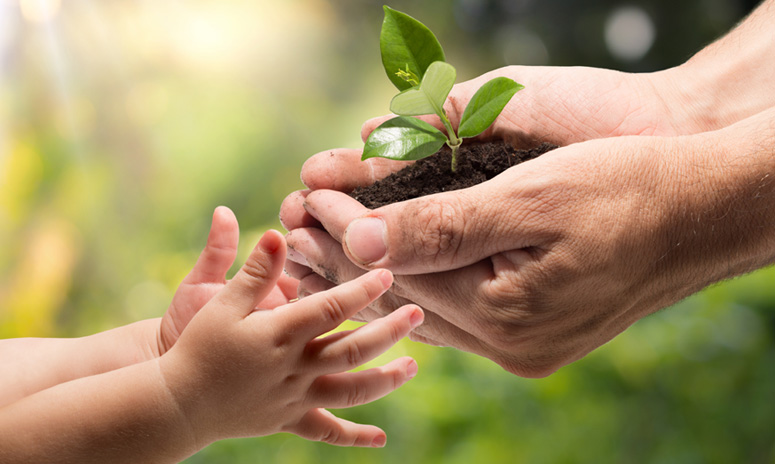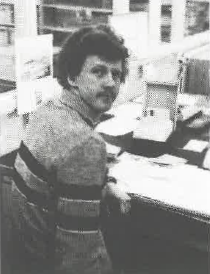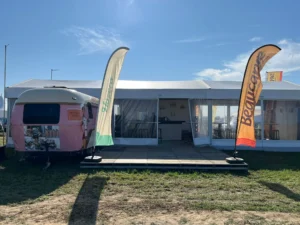February 14. It’s Valentine’s Day. The day you put your loved one in the spotlight. In this article we tell you a bit more about our much-loved chicory! What are the developments of chicory in Hazera? And what makes growing this vegetable so much fun? We give you the answers.
What exactly is chicory?
First, some background information. Chicory is originally a Belgian product. It is a relative of endive and is widely used in European cuisines, especially in Belgium, France and the Netherlands. It grows in dark, shady environments and has a mild, bitter taste. Chicory is often cooked and used in salads, soups and stews. It is rich in nutrients, such as vitamins, minerals and antioxidants, and is often considered a healthy and nutritious vegetable
In conversation with a Hazera Hero!
Twelve years ago, Denis Desrumaux started working for Hazera. He has a background as a chicory grower and is now Crop Specialist Chicory. “When I started at Hazera, we had about 3% market share. Our first successes were mainly Platine and Zilia. By now we have been working for 10 years with our main varieties Topscore (semi-early variety) and Flexine (late variety). We now have an 85% market share in the Benelux. At this moment Maroline, Ecrine and Beguine are our early varieties, Topscore and Daufine and Laurine our middle varieties, Flexine and Djine our late varieties. With this fine portfolio of varieties, chicory growers can supply the market year round with the beautiful golden yellow tasty heads.
Explaining the process, with love!
Explaining the process is no problem for Denis: “Chicory is a biennial product. The first year, in May, the seeds are placed in the field and a taproot develops there. After 130 to 170 growing days in September, October, November and December, those taproots go out of the field and enter large coolers. Here they are frozen to -1.5 degrees and the following year they take out those taproots little by little. Then they are put onto trays or in the ground. Chicory from the ground is ground chicory and chicory from the trays with water is called Hydro chicory. The second year we take them out and have varieties for early, mid, and late season. This allows them to grow chicory year-round with taproots.
What makes being a chicory grower so much fun?
Denis: “The best thing about growing chicory is that it is a very specific crop that is technically very difficult. Not everyone can just dive into it. You have to work at least 3-4 years before you know how it works. That’s the fun part. We take our growers by the hand to get the best results. It’s a two-year crop, so renewal doesn’t come very quickly. You need two years to see if your product is adequate. This you want to see several years in a row. Especially if you come up with a and new product. Then you need at least 6-7 years before you can actually really break through. With other crops, it goes much faster.
And … what makes being a chicory grower for Hazera so much fun?
Denis: “Working with Hazera for farmers. We have a very strong, warm relationship with them. I like that. It’s always nice to work with people who know the market and of course also think about the long term.”










